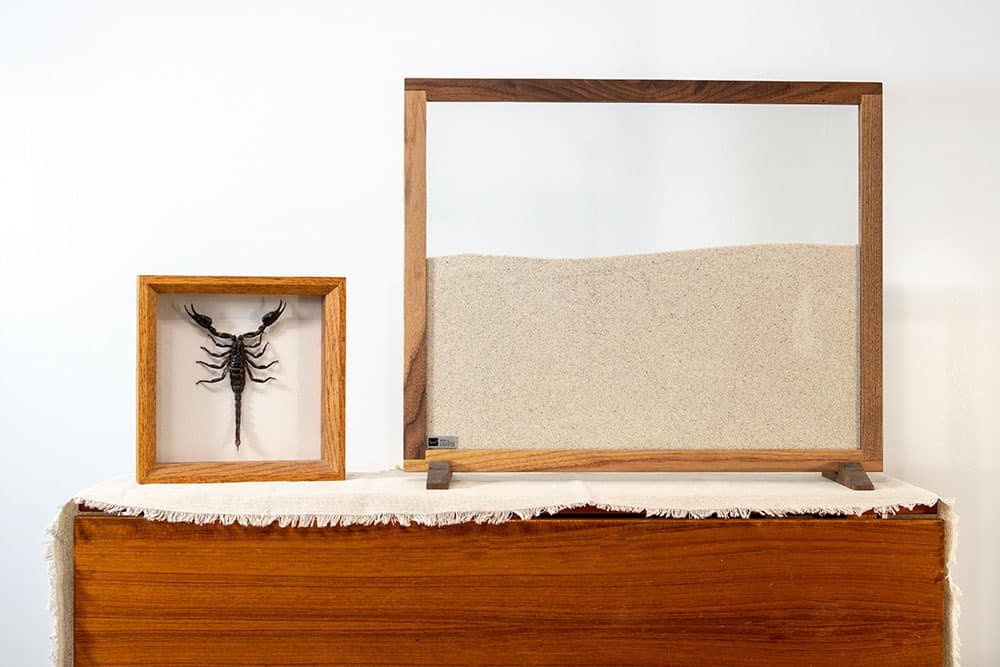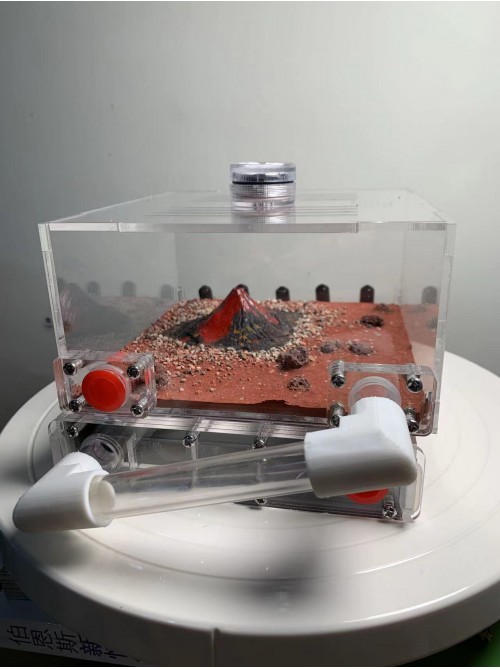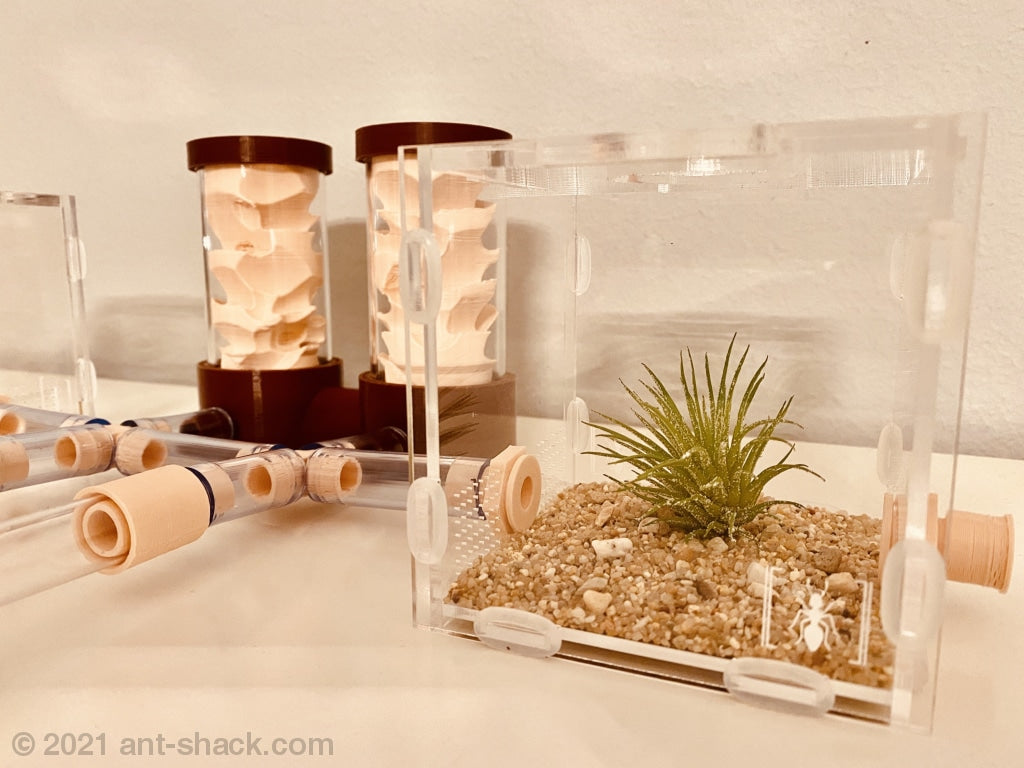Welcome to the fascinating world of ant farm decor! If you’re an ant enthusiast like me, you understand the beauty and complexity of these tiny creatures. Not only are ants remarkable in their behavior and structure, but they can also be an inspiring addition to home decor. In this article, we will explore the different aspects of ant farm decor, tips for creating beautiful habitats, and much more. So let’s dig in!
Understanding Ant Farm Decor
Ant farm decor involves creating visually appealing habitats for ants while ensuring that their needs are met for a healthy living environment. It combines aesthetics and functionality, making your ant farm both a decorative piece and a thriving ecosystem. Here are some foundational aspects of ant farm decor:
What is Ant Farm Decor?
Ant farm decor encompasses the elements and styles used to design and personalize your ant farms. This can include:

- Natural materials (like soil and plants)
- Decorative elements (like rocks and artificial structures)
- Functional components (like nesting areas and food stations)
Why is Ant Farm Decor Important?

The decor not only enhances the visual appeal of the farm but also creates a more engaging experience for observers. A well-decorated ant farm can serve both educational and aesthetic purposes.
Choosing the Right Ant Farm for Your Home

Before diving into decor ideas, it’s essential to choose the right ant farm. The type of ant farm will influence your decorating options.
Types of Ant Farms

| Type of Ant Farm | Description | Pros | Cons |
|---|---|---|---|
| Acrylic Ant Farms | Clear containers allowing full visibility | Durable, easy to clean | Can scratch easily |
| Glass Ant Farms | Elegant and sturdy, offers a timeless look | Beautiful aesthetics, durable | Heavy and fragile |
| Sand Ant Farms | Natural look with sand as nesting material | Realistic soil environment | Can be harder to maintain |
| Gel Ant Farms | Uses gel instead of soil for easy maintenance | Low maintenance, visually appealing | Lacks natural feel, limited space for tunnels |
Factors to Consider When Choosing an Ant Farm

- Size and species of ants
- Ease of maintenance
- Your aesthetic preferences
Decorating Your Ant Farm

Once you’ve selected your ant farm, it’s time to get creative! Here are some key decorating ideas:
Natural Elements for Decor

Using natural elements like soil, rocks, and wood can create a lifelike environment that mimics the ants’ natural habitat.
Soil and Substrate
Choose a substrate that allows for proper tunneling. Different soils can also add varied colors and textures.
Rocks and Pebbles
Incorporate rocks to create structure. Make sure they are secure and won’t crush your ants.
Plants and Foliage
Small plants can add color and freshness, but ensure they’re safe for ants. Consider using moss or grasses.
Artificial Decor Options
If you prefer something low-maintenance, artificial decorations can replicate natural elements without the upkeep.
- Plastic or resin plants
- Decorative tunnels and caverns
- Miniature habitats (like houses and bridges)
Enhancing the Environment for Your Ants
Aside from aesthetics, consider enhancements that will make your ant farm enjoyable for the ants.
Temperature and Humidity Control
Maintaining optimal conditions is vital. Use thermometers and hygrometers to monitor these factors.
Lighting Options
Proper lighting can highlight your decor while also benefiting your ants. Look for LED lights that are heat-free and energy-efficient.
Personalizing Your Ant Farm Decor
Just because it’s an ant farm doesn’t mean it can’t express your style. Here are some tips for personalizing your ant farm decor:
Colors and Themes
Consider a color scheme that complements your home decor. This could be earthy tones for a natural vibe or bright colors for a playful touch.
DIY Decor Ideas
Get crafty! Create tunnels or decorations from materials you have at home. Here are some ideas:
- Use old wood pieces for natural tunnels.
- Craft miniature furniture out of clay for tiny ant homes.
- Paint rocks to add color to the environment.
Common Questions About Ant Farm Decor
Can I use regular soil in my ant farm?
Regular soil can introduce pests and contaminants. It’s advisable to use specialized ant farm substrate designed for healthy colonies.
How do I clean my ant farm decor?
Use warm water and a gentle scrubber to clean the surfaces. Avoid using harsh chemicals that can harm your ants.
What should I avoid when decorating my ant farm?
- Using sharp or pointed objects.
- Introducing toxic materials.
- Overcrowding the space.
Pros and Cons of Ant Farm Decor
Before diving into your decoration journey, consider the following pros and cons:
Pros
- Enhances visual appeal.
- Encourages learning and engagement.
- Creates a healthy environment for ants.
Cons
- Maintenance can be time-consuming.
- Initial costs can add up.
- Not all decorations may be suitable for all ant species.
Final Thoughts: Creating a Beautiful Ant Farm
Decorating an ant farm is not just about making it look good; it’s about creating a thriving habitat for your tiny companions. With the right materials, designs, and care, you can have an impressive ant farm that fascinates everyone and serves as a functional home for your ants. Remember that the key is to balance aesthetics with functionality – happy decorating!
FAQs
What materials are safe for ant farms?
Safe materials include natural stones, wood, non-toxic plants, and specialized ant farm substrates.
How do I introduce plants into my ant farm?
Ensure the plants are non-toxic and can thrive in the farm’s conditions, then plant them securely without disturbing your ants.
Can I decorate my ant farm with organic materials?
Yes, using organic materials can help mimic the natural habitat of ants, but ensure they are clean and free from pesticides.
What are some common mistakes in ant farm decor?
Common mistakes include overcrowding, using toxic materials, and neglecting the needs of the ants.
With this comprehensive guide, you are well on your way to creating a stunning and functional ant farm that showcases your creativity while honoring the lives of your tiny friends. Happy decorating!